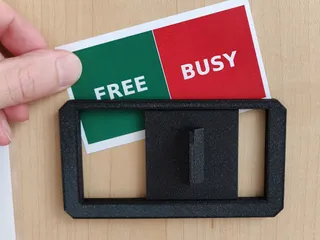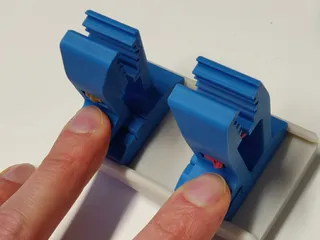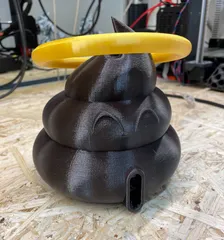TUSH FT - Spool Holder - Fat Tracks edition
Description
PDFYou know what Thingiverse really needs? Another spool holder!
TUSH FT: FatTracks Edition
TUSH-style spool rollers are great if you lay filament on a flat surface:
- Very compact and lightweight
- Universal (no adjustment needed) and quick to set up
- No tendency to self-unroll
- No wobble after filament pull
This take improves on the following:
- Needs 4x 608 bearings, 4x M3 screws (5-18mm metal or wood)
- Minimalist design heavily inspired by Universal Tabletop holder
- Lays the spool directly on fat V bearing guides (15mm!)
- Automatically centers the spool and avoids the rims touching the holder
- Larger base doesn't flip and doesn't require a "rail" for support
- Large guides have no trouble on chipped/distorted rims
- Longer support fits any spool ranging from 160 to 270mm in diameter (anything from 250g to 5kg)
- Tight fits and M3 support screws result in a very rigid support with zero play
- Can still be super-glued if needed
2020-01-04 Update
- New rail (rail_v3.stl): Revised the inner structure so that spools with an asymmetric rim (Prusament cough) do not jump and/or create additional resistance while rotating. For most regular rims this also results in less friction.
The new rail is still self-centering thanks to a very shallow inner angle. If you're using PrusaSlicer or Slic3r, using 0.1 layers and enabling "Detect thin walls" is recommended to get an accurate angle.
2019-10-25 Update
- Updated the support (support_v2.stl): increased tolerances on the center pin, compensating with a tighter fit on the M3 screw instead. Fine-tuned several chamfers.
2019-07-13 Update
- Updated the bearing rail (rail_v2.stl): increased inner tolerance and wider bearing end-stop for easier assembly.
Printing and assembly
- Print 4x guides at 0.1mm layer height
- Print 4x supports at 0.3 or lower (0.2 recommended)
The fit of the bearing guides is intentionally tight to avoid movement on heavy (2kg+) spools. You might need some tools to push the bearing inside! Print a single guide for fit-testing. Scale the guide by 100.5% if too tight.
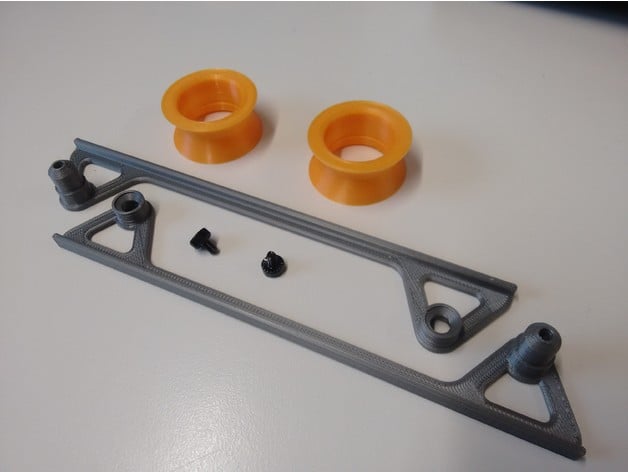
Fit the bearings into the guides. Please note the correct orientation:
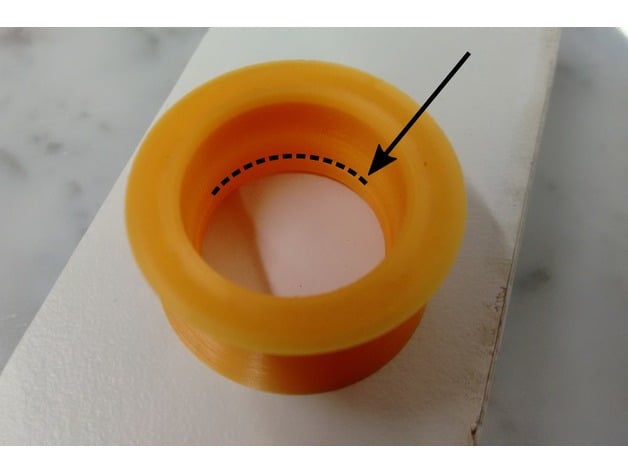
Double-check that the bearing is flush against the ridge (flip the guide to check). Use a pushpin on the outer edge and tap gently if needed:
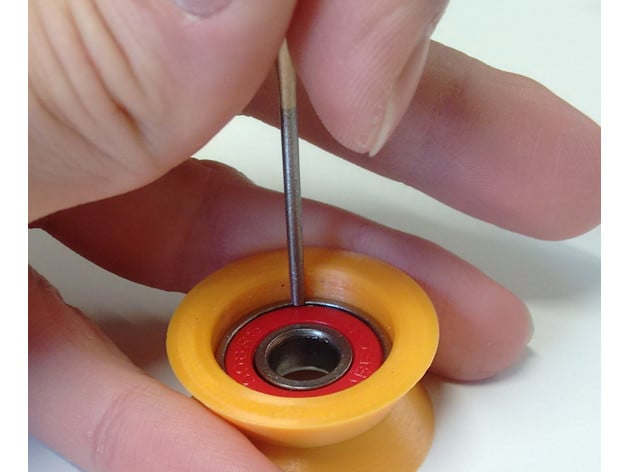
Fit the bearings into the support and pair both supports together. Push on both sides until the rim is flush on the central support pin. The supports should click in place. Fasten using two M3 screws. Both metal and wood screws are fine, with a thread length of 5-18mm being permitted (with longer threads being preferred under higher loads).
Alternatively, dip the head of the long shaft with superglue and clamp for a few seconds, using a flat surface for reference.
More on spool holders
My previous favorite spool holder was the Universal Tabletop holder from Xtrudor. I actually printed several of the first version (with the straight edges), before the tilted one was available. They work perfectly fine: I just needed another pair and decided to improve on the design.
I frequently buy the cheapest PLA I can find for print-testing. These rolls tend to be slightly deformed and sometimes have small dents on the rim, leading the roll to jam into the side of the support and eventually fall when using the original TUSH. Thanks to the chamfered inner edges, this doesn't happen using Xtrudor's version. However the roll still tends to move to either side of the bearing and sit on the edge.
A bearing guide works much better, and eliminates completely the need for borders. In fact, I recommend to avoid binding the two supports together, since these will slide on the table and follow any amount of deformation in the rim without a problem. If you are pulling the filament towards the side of a table simply add some adhesive rubber on the edge, as visible here on the top-right:
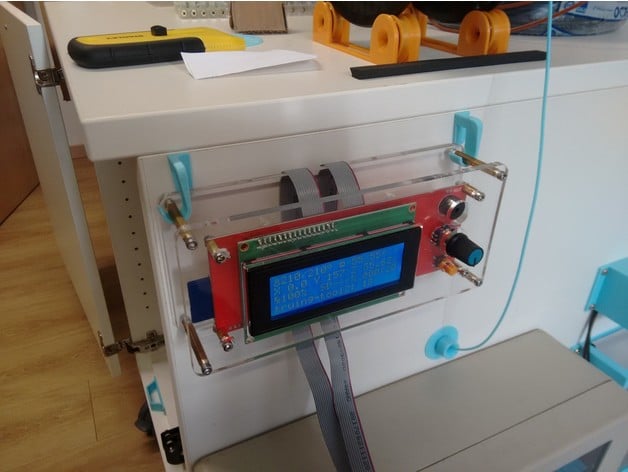
Using a very small piece of double-sided tape on a single support (so that the other is free to slide) is also a good approach.
Tags
Model origin
The author marked this model as their own original creation. Imported from Thingiverse.

